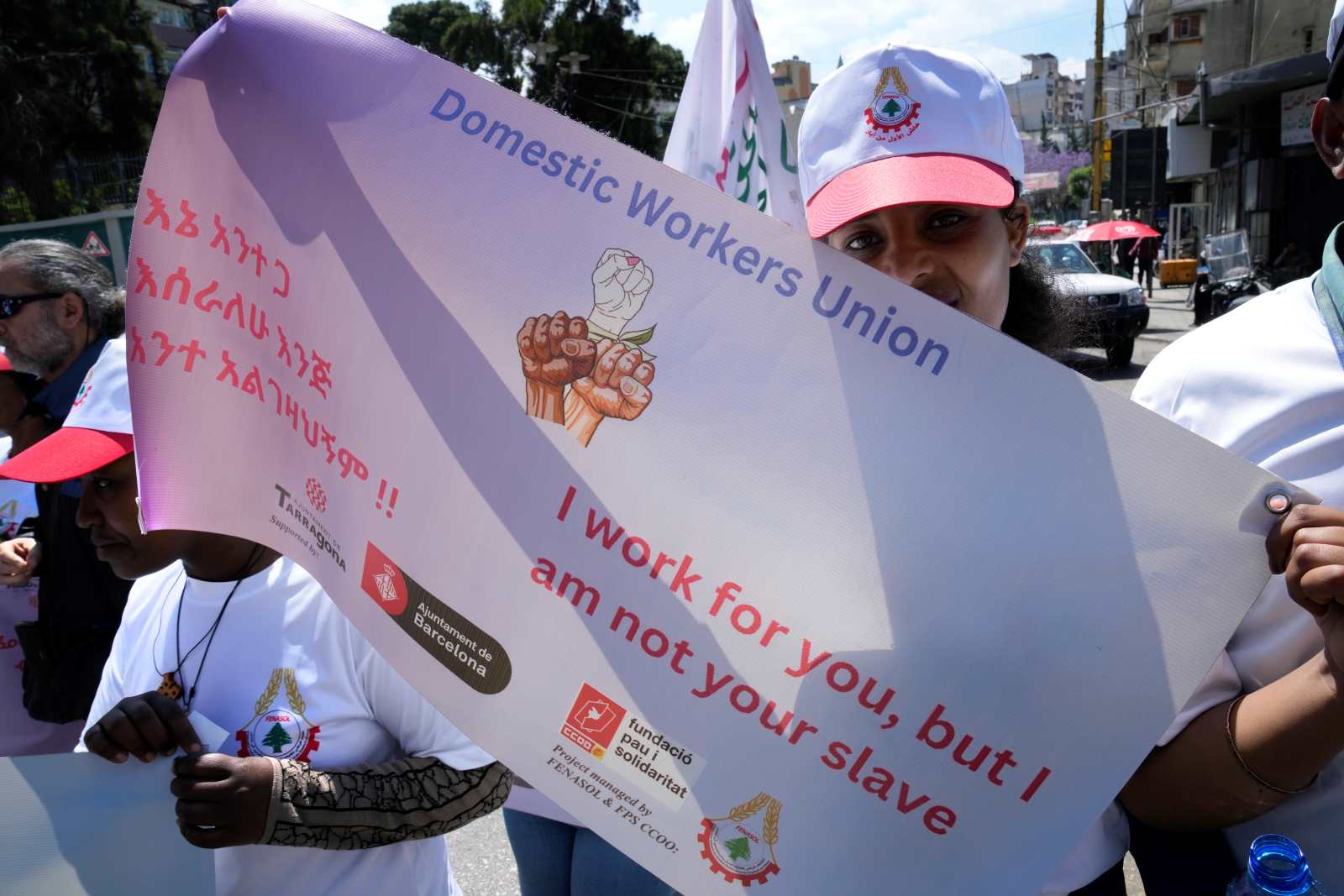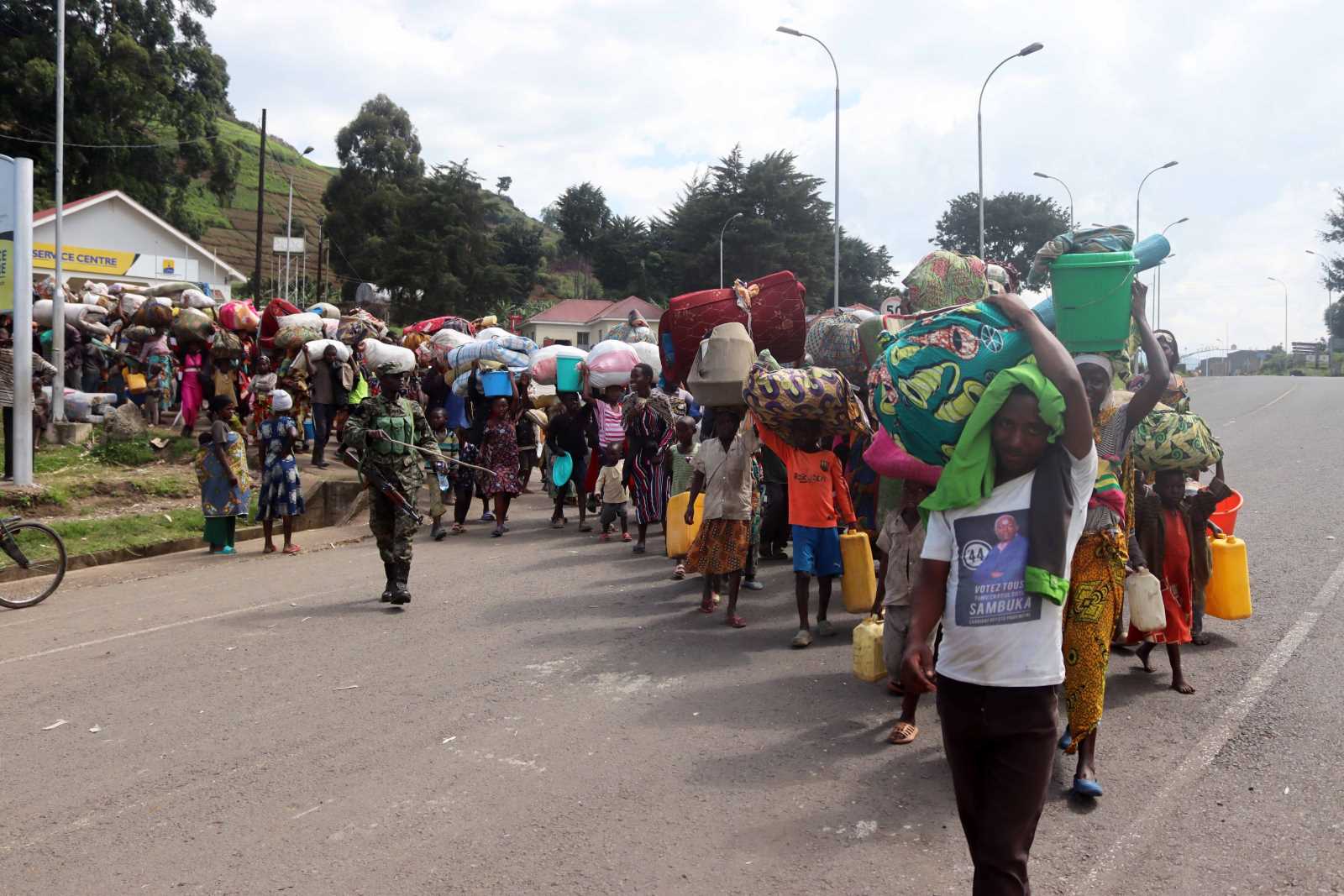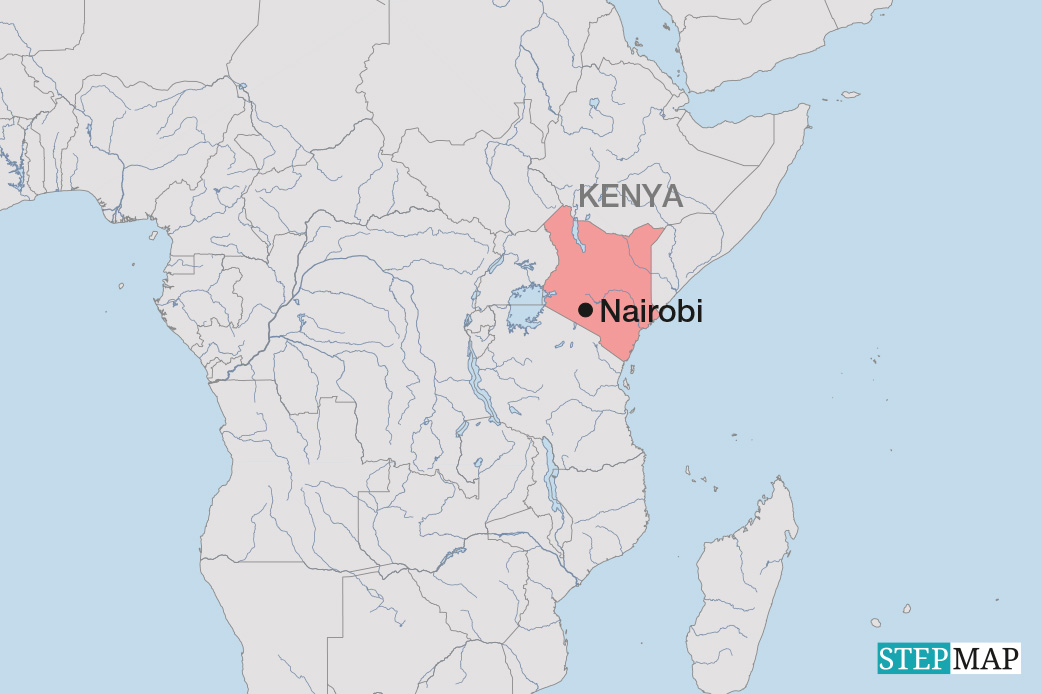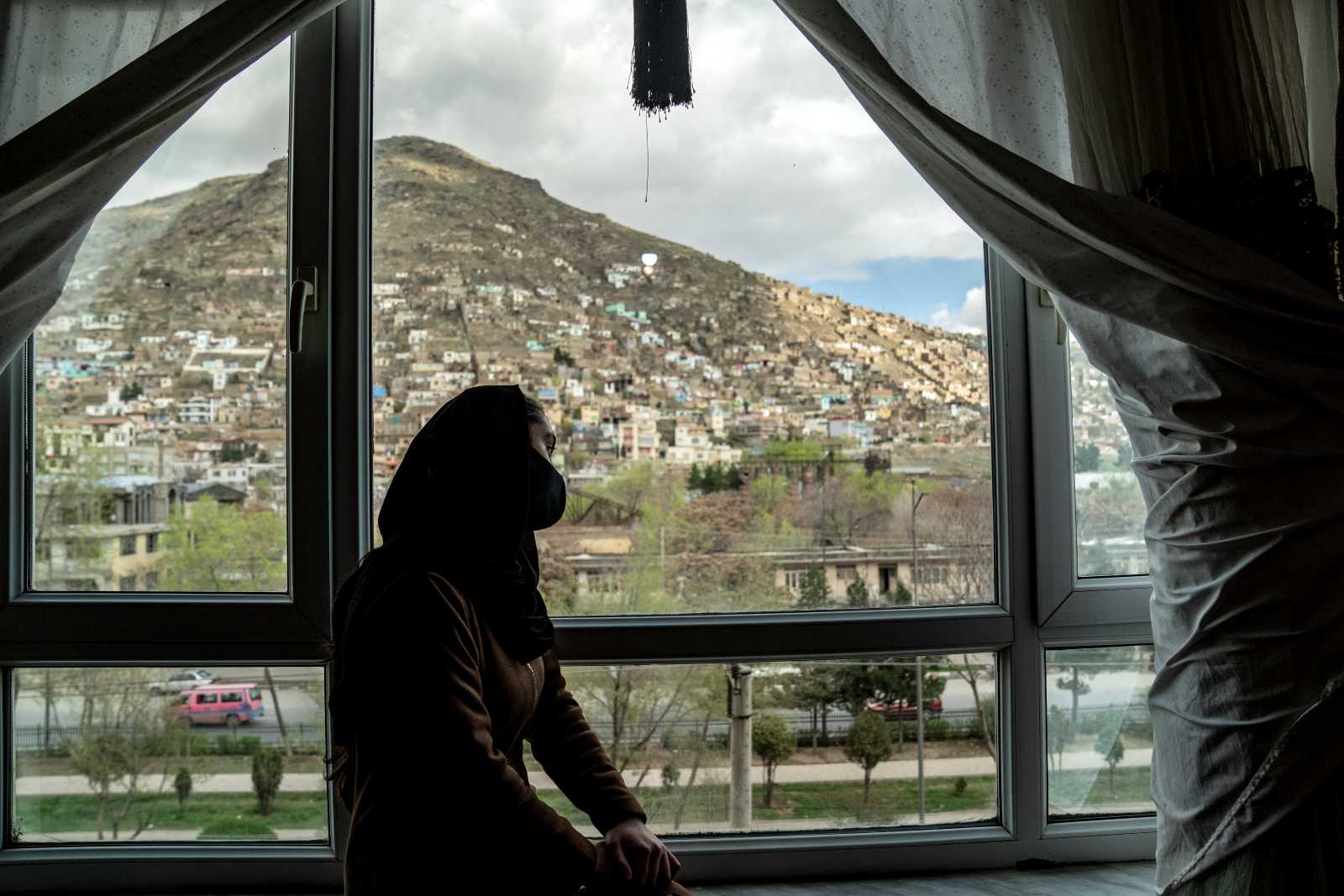Women’s migration
Better jobs for migrant women
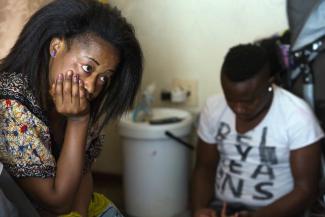
Globally, the divide between men’s and women’s participation in paid work varies significantly. Female labour force participation (FLFP) refers to the percentage of women aged 15 and above engaging in economic activities. Even in countries boasting high FLFP levels, men tend to outnumber women in the labour market. In Germany, for example, the FLFP rate was 56.4 % compared to 66.9 % for men in 2022, according to the World Bank’s Gender Data Portal. In addition, differences in the earnings of men and women with the same skills and experience persist all over the world – a phenomenon known as the “gender wage gap”.
However, gender is not the only factor that affects people’s ability to access employment and its benefits. Research has shown that race, religion and sexual orientation, for example, also have an impact. These factors interact with gender in complex ways to shape an individual’s position in the labour market. For women across the globe, being a migrant appears to be a notable factor impacting their status in the labour markets of host economies.
The UN defines a migrant as a person who has lived in a foreign country for over three months. Women migrants constituted 48 % of all international migrants in the year 2020. In recent decades, there has been an increase in the number of women migrating for employment rather than family reunifications.
Migration can be empowering for women who emigrate from countries with conservative gender norms, limited employment opportunities and low wages. It can offer access to employment and thus increase women’s independence. However, data on the employment and wages of migrant women suggest that they face huge challenges in their host countries and are disadvantaged vis-a-vis immigrant men as well as native women.
Significant gender gap
The 6th Migration Observatory Report “Immigrant Integration in Europe” funded by the Fondazione Compagnia di San Paolo documents that while women have a lower probability of employment compared to men in general, this gap is larger between immigrant men and women. Moreover, while the gender gap in employment of the native population has been decreasing across Europe from 16 to 11 percentage points between 2005 and 2020, it has remained steady at around 18 percentage points among immigrants for a decade. Immigrant women are 19 % less likely than native women to have a job, while immigrant men are 7 % less likely than native men to have a job.
In addition, immigrant women are disproportionately more likely than both immigrant men and native women to earn very little money. Across Europe, 49 % of immigrant women are in the three lowest income deciles, with a large majority in elementary occupations such as cleaning jobs.
Income gaps between migrant men and women persist within the same occupations too. Individual characteristics, such as education, skills and experience account for only a portion of this disparity. According to the Migration Observatory Report, a third of the difference in these outcomes remains unexplained, indicating a specific immigrant-women labour market penalty.
Foreign-born women are also more likely to be overqualified for their jobs than men, and highly skilled jobs tend to be reserved for men only. Research by the International Labour Organization (ILO) suggests that men are overrepresented in skilled work such as engineering or information and communication technologies.
International migration has also been shown to damage the careers of skilled migrant women, for example, if they only find work in professions different from those they trained for. Among the reasons for their downward occupational mobility are:
- a lack of recognition of foreign credentials,
- a lack of work experience in the host country,
- gender-specific social responsibilities,
- an absence of social support and
- time spent in resettlement activities.
More data is needed
Migration can be an opportunity as well as a hazard for women migrants. Understanding the intricacies of gender and migration can result in better programmes and policies that enhance the benefits and decrease the costs for women migrants. Governments of host countries can take several steps to provide decent employment opportunities for migrant women.
Foremost among these is ensuring that transparent data on employment in less-visible sectors of the economy, such as formal and informal care, agriculture, sex work and the entertainment industry, is regularly gathered. Moreover, governments can also regularly commission reports on the status of migrant women in each of these sectors to ensure that relevant policy actions are being taken. Last but not least, all migrants – and women in particular – must have proper access to employment agencies and state programmes which support them. Increased transparency and reduced bureaucracy are essential for optimal outcomes for both migrants and host countries, particularly as the latter often require additional workers.
Link
World Bank Gender Data Portal:
https://genderdata.worldbank.org/indicators/sl-tlf-acti-zs/?gender=gender-gap
Purti Sadhwani is a master’s student in Economics at the University of Bonn and a research assistant at the Department of Economics and the Center for Development Research (ZEF) Gender Group, University of Bonn.
purtisadhwani92@gmail.com
Sundus Saleemi is a senior researcher at the ZEF.
sundus.saleemi@gmail.com




